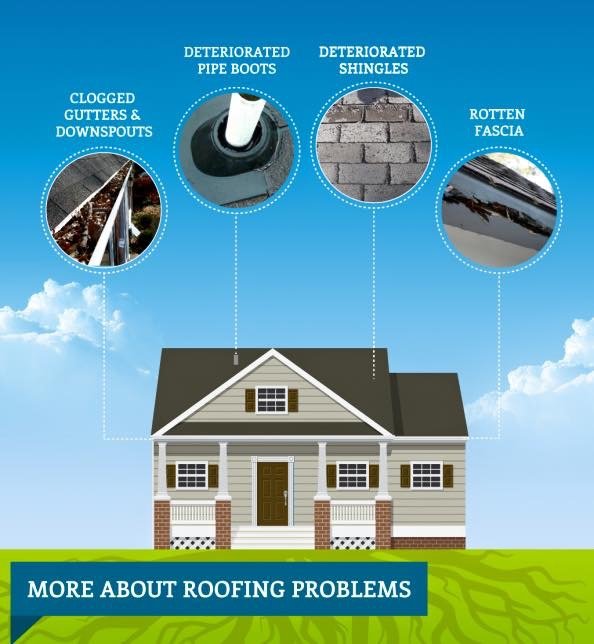The Contribution Of Roof Covering Ventilation To A Successful Installation Refine
The Contribution Of Roof Covering Ventilation To A Successful Installation Refine
Blog Article
Short Article Author-Caldwell Walls
When you're taking on a roofing job, you could not think much about roof air flow, however it's even more important than you realize. Efficient air flow aids control temperature and moisture in your attic room, stopping troubles like mold and mildew and structural damages. By understanding just how to make and mount a well balanced air flow system, you can enhance energy performance and extend the life-span of your roof materials. So, what are the key factors to take into consideration during installment that can make all the difference?
Importance of Roofing System Air Flow
Roofing ventilation plays a vital duty in maintaining the total wellness of your home. By enabling fresh air to flow with your attic room, it helps manage temperature level and wetness degrees. This equilibrium is important to stop warmth accumulation throughout warm months, which can result in increased energy expenses as your cooling burns the midnight oil.
In addition, proper ventilation substantially minimizes the threat of moisture-related problems like mold and mold. If humidity degrees climb, your home's structural honesty can be compromised, leading to expensive repairs. You wouldn't intend to deal with deteriorating timber or warped roof covering materials, right?
Furthermore, appropriate ventilation prolongs the life expectancy of your roofing system. When warmth and dampness are kept in check, your roofing can execute efficiently, preventing early wear and tear. This suggests fewer headaches and costs down the line.
Just How Roof Covering Ventilation Works
Efficient roofing air flow relies on the all-natural movement of air to produce an equilibrium between intake and exhaust. When you set up vents, you're basically enabling fresh air to enter your attic while enabling warm, stale air to leave. This procedure helps control temperature level and wetness levels, avoiding issues like mold and mildew development and roof covering damage.
Intake vents, commonly discovered at the eaves, attract cool air from outdoors. Meanwhile, exhaust vents, located near the ridge of the roofing, allow hot air surge and leave. The difference in temperature produces a natural air movement, referred to as the pile result. As warm air increases, it develops a vacuum that draws in cooler air from the lower vents.
To optimize this system, you require to make sure that the consumption and exhaust vents are effectively sized and placed. If https://chancelhavo.csublogs.com/40961515/indications-that-your-roof-requires-repair-service-act-prior-to-it-s-far-too-late is limited, you will not achieve the wanted ventilation.
Also, insufficient exhaust can trap warm and wetness, resulting in potential damages.
Secret Installation Considerations
When mounting roofing ventilation, several vital considerations can make or break your system's efficiency. Initially, you need to examine your roofing's layout. The pitch, shape, and products all affect air flow and ventilation option. Ensure to choose https://scoopempire.com/egp-government-starts-green-roofing-initiative-and-heres-why-you-should-follow/ that suit your roofing system kind and regional climate conditions.
Next, think about the placement of your vents. Preferably, you'll desire a balanced system with intake and exhaust vents positioned for optimum airflow. Place consumption vents low on the roofing and exhaust vents near the peak to urge an all-natural circulation of air. This arrangement aids stop wetness build-up and advertises energy effectiveness.
Do not ignore insulation. Proper insulation in your attic avoids warm from escaping and maintains your home comfortable. Make certain that insulation doesn't block your vents, as this can hinder air movement.
Last but not least, consider maintenance. Choose air flow systems that are very easy to accessibility for cleansing and examination. Normal maintenance guarantees your system remains to function successfully in time.
Final thought
To conclude, roof covering ventilation is essential for an effective installation. By guaranteeing correct air movement, you can avoid heat build-up and moisture concerns that cause expensive damages. When you purposefully setting consumption and exhaust vents, you improve energy efficiency and extend the life expectancy of your roofing system. Keep in mind, a well-ventilated roofing not just safeguards your investment yet additionally boosts your indoor air high quality. So, focus on air flow to guarantee a resilient and affordable roofing system for your home.
